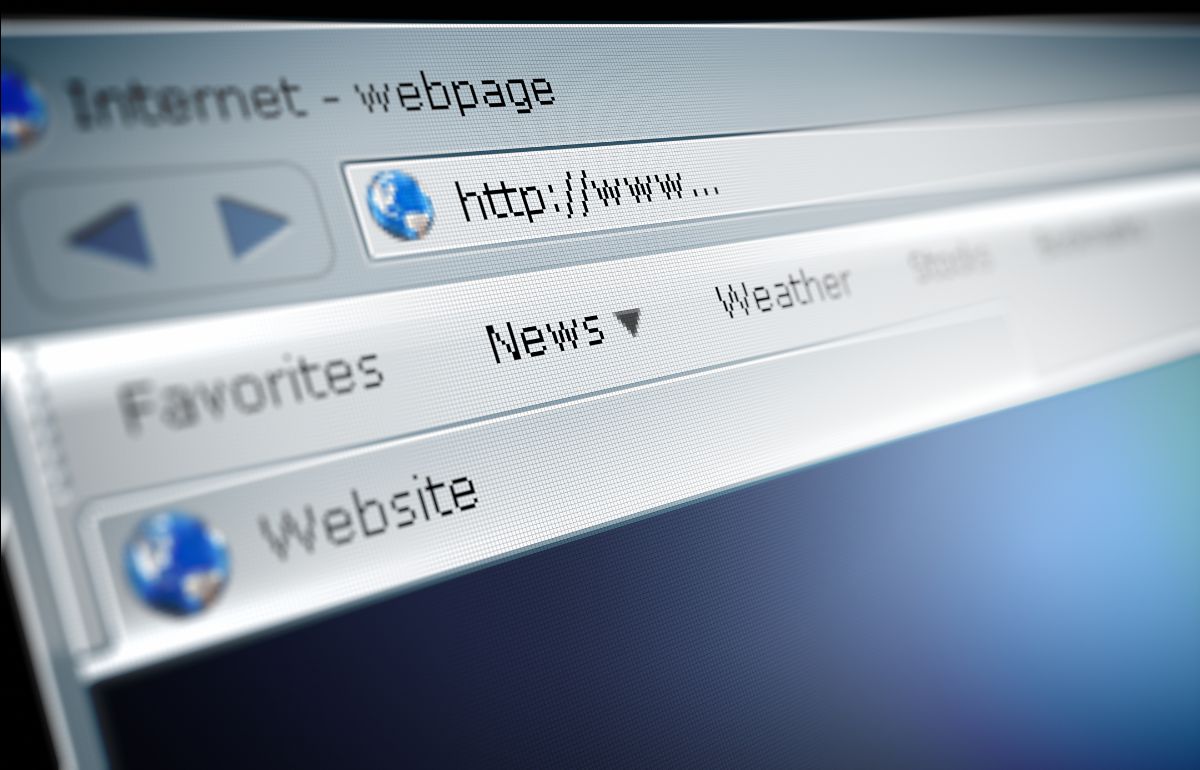Images of men dominate the Internet, and the imbalance can worsen people’s already biased perceptions about men and women, a team of U.S. researchers has found.
While gender-neutral language is fast becoming the norm, images on Google, Wikipedia and elsewhere are doing just the opposite, Douglas Guilbeault, researcher at the University of California, Berkeley who studies communication, and colleagues found.
“According to the Internet, most people are men,” Guilbeault said.
Guilbeault’s team ran a series of experiments to show whether online images represented reality and if exposure to these images changed people’s perceptions. They found a heavy bias toward men in online images in general. Volunteers who did online image searches showed more bias than people who looked at text-only posts, they found — and the effects lasted long after the image was off the screen.
The researchers looked at more than 1 million online images for the study, published in the science journal Nature.
“In Google, something like 64% of the images are of males,” Guilbeault said. “In Wikipedia, over 70% of images are males.” They found 60% of images on IMDb, the online listing for people in the arts and entertainment, were of men and boys, even though celebrities are just as likely to be female as male.
“We also show that the documented underrepresentation of women online is substantially worse in images than in text, public opinion and US census data,” the team wrote.
Perhaps not surprisingly, they found a big bias toward showing images of men in searches for terms such as “CEO,” “scientist” or “heart surgeon.” Images of women dominated searchers for “cosmetician,” “nurse” or “dietician.”
“Even though we might tell ourselves, ‘oh you don’t have to be a particular gender to be a CEO or a scientist,’ the images tell us in fact, yes you do,” said Guilbeault.
But images of men also dominated supposedly neutral terms such as “colleague” or “friend.”
This did not happen in text-based searches, they found. Text-based descriptions were mostly gender neutral or referenced both sexes equally. But pictures are especially “sticky,” he said, because people tend to think in imagery, not in words.
“For us this is very concerning, because it warps the reality toward a male advantage,” Guilbeault said.
“Our findings are especially alarming given that image-based social media platforms such as Instagram, Snapchat and TikTok are surging in popularity, accelerating the mass production and circulation of images,” the team wrote. “In parallel, popular search engines such as Google are increasingly incorporating images into their core functionality, for example, by including images as a default part of text-based searches.”
To determine whether seeing over-representations of men affects attitudes, the researchers asked 450 volunteers across the U.S. to do online searches. One group searched for specific occupations using text-only search while a second did so using image search. Another group looked for neutral terms such as “apple” or “guitar.”
Then the volunteers were asked to define their idea of who various types of people are — for example, a nurse. They used a sliding scale with male on one end and female on the other.
Volunteers were randomly assigned to search for images, instead of text only, showed stronger gender biases, Guilbeault said. “We can say this is amplifying existing gender biases.”
And the effect lasted for three days, they found.
“Our big picture argument, I guess literally, is that it can actually amplify the spread of stereotypes,” Guilbeault said. Though race wasn’t factored into this study, he also speculated that images will affect other potential prejudice, like race-related stereotypes. Other researchers have shown just that.
Guilbeault said his team’s goal was to gather data that raises awareness. Changing what’s happening online, he said, will not only mean adjusting search algorithms, but altering the source material they are pulling from in the first place — something that will have major implications on how AI expands.



